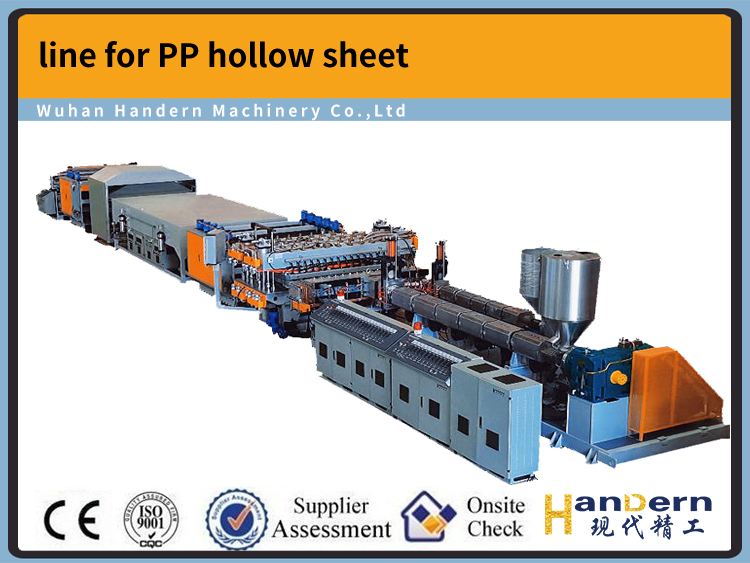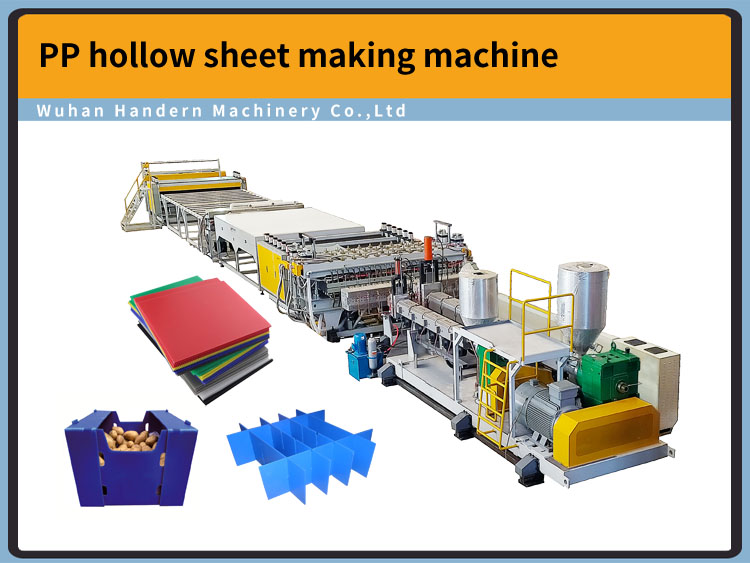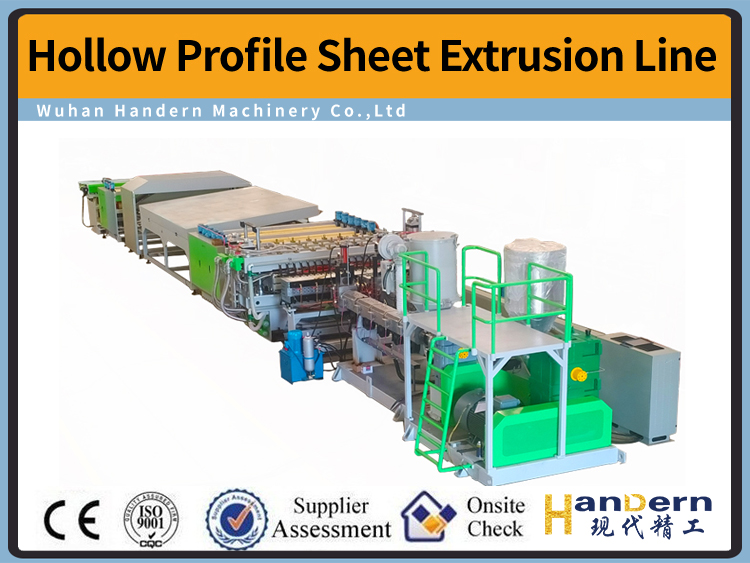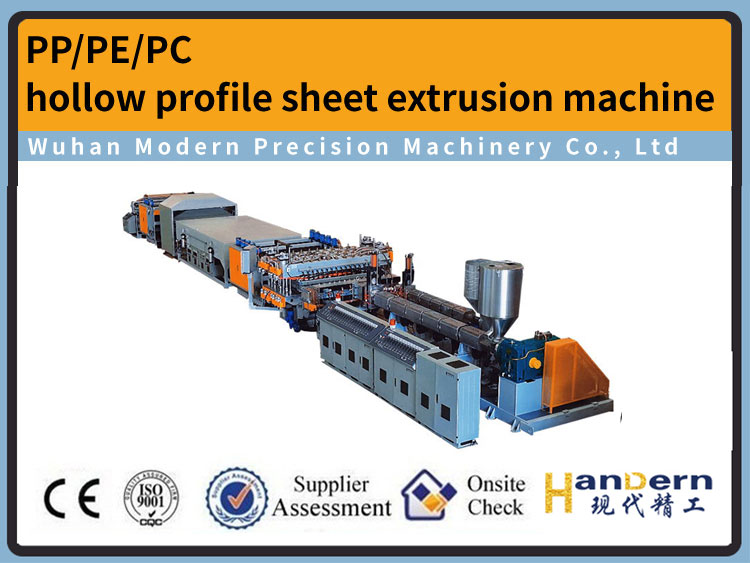What are the quality inspection standards for plastic stone paper
DATE:2024/12/27 10:28:47 / READ: / SOURCE:This station
Plastic stone paper is an environmentally friendly material mainly composed of calcium carbonate, and its production process does not involve wood. It is widely used in packaging, printing, stationery and other fields. To ensure the quality and environmental safety of plastic stone paper, it is usually necessary to follow a series of testing standards. These standards cover the physical properties, chemical properties, and safety of materials.
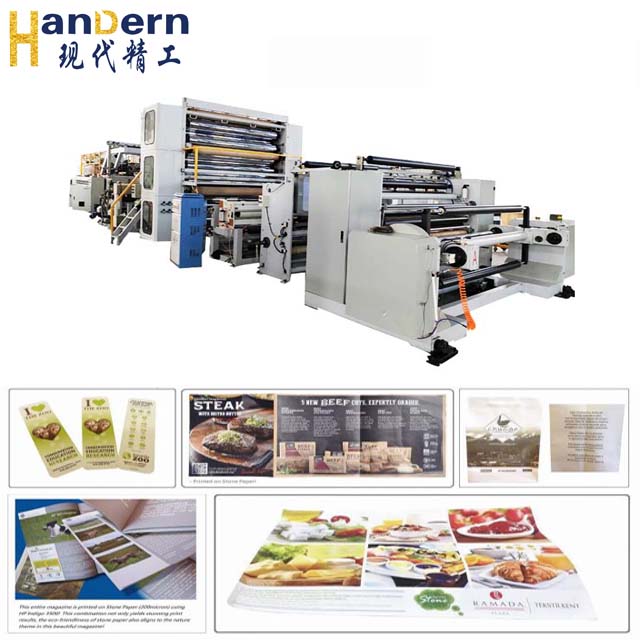 1. Physical property testing
1. Physical property testing
Physical properties are one of the key factors in evaluating the quality of plastic stone paper. The indicators that are usually tested include:
Thickness: Uniformity of thickness is an important indicator to ensure stable performance of paper during use.
Gram weight: Gram weight refers to the weight per unit area, usually expressed in grams per square meter (g/m ²), which affects the strength and feel of paper.
Tear resistance: Used to evaluate the tear resistance of paper under external forces, usually tested using standardized testing instruments.
Water resistance: Test the strength and non deformation ability of paper when in contact with water, ensuring that it does not lose its performance in humid environments.
2. Chemical property testing
The detection of chemical properties is crucial for ensuring the safety and environmental friendliness of plastic stone paper, including:
Heavy metal content: The content of heavy metals (such as lead, cadmium, mercury, etc.) in stone paper should be tested to ensure that it meets national and regional safety standards.
PH value: The pH value of stone paper should be within a safe range to ensure that it is harmless to the environment and human body during use.
Volatile Organic Compounds (VOCs): Detect whether stone paper releases harmful VOCs during production and use.
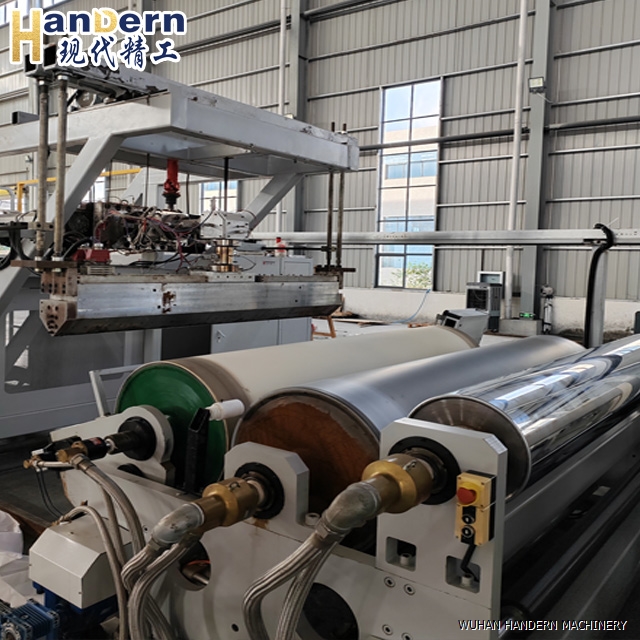 3. Printing performance testing
3. Printing performance testing
The printing performance of plastic stone paper directly affects its usability, therefore the following tests need to be conducted:
Printing adaptability: Evaluate the adaptability of paper to various printing technologies, including inkjet, offset printing, etc.
Color fastness: Testing the wear resistance and light resistance of printed colors to ensure that they do not fade during use.
4. Thermal stability test
The application environment of stone paper may be affected by temperature, so thermal stability testing is also an important part. The testing method usually involves a cycle of heating and cooling to observe whether there are significant changes in its physical and chemical properties.
5. Environmental friendliness testing
In order to meet environmental standards, plastic stone paper also needs to undergo biodegradation testing and compostability testing to ensure its minimal impact in the natural environment. This test can evaluate its degradation rate after burial and whether the final product is harmful to the soil.
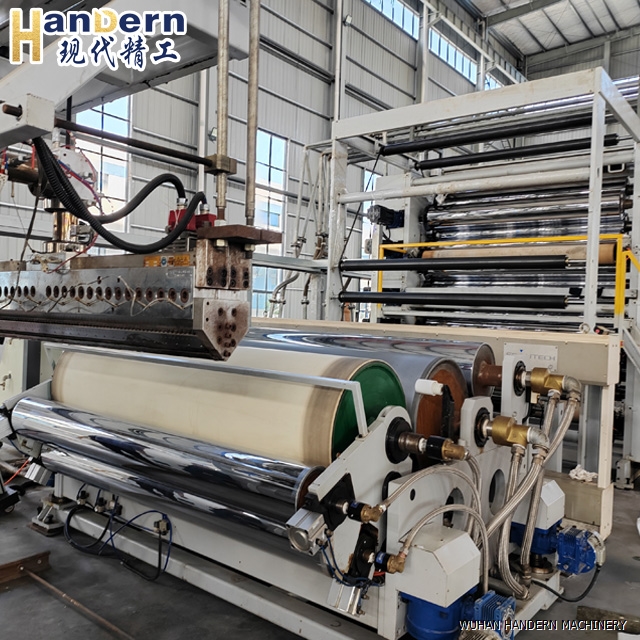 6. International standards and certifications
6. International standards and certifications
In addition to the above-mentioned testing standards, many manufacturing companies also follow international standards such as ISO, ASTM, or EN standards. These standards not only provide reliable basis for product quality, but also guarantee entry into the international market.

Physical properties are one of the key factors in evaluating the quality of plastic stone paper. The indicators that are usually tested include:
Thickness: Uniformity of thickness is an important indicator to ensure stable performance of paper during use.
Gram weight: Gram weight refers to the weight per unit area, usually expressed in grams per square meter (g/m ²), which affects the strength and feel of paper.
Tear resistance: Used to evaluate the tear resistance of paper under external forces, usually tested using standardized testing instruments.
Water resistance: Test the strength and non deformation ability of paper when in contact with water, ensuring that it does not lose its performance in humid environments.
2. Chemical property testing
The detection of chemical properties is crucial for ensuring the safety and environmental friendliness of plastic stone paper, including:
Heavy metal content: The content of heavy metals (such as lead, cadmium, mercury, etc.) in stone paper should be tested to ensure that it meets national and regional safety standards.
PH value: The pH value of stone paper should be within a safe range to ensure that it is harmless to the environment and human body during use.
Volatile Organic Compounds (VOCs): Detect whether stone paper releases harmful VOCs during production and use.

The printing performance of plastic stone paper directly affects its usability, therefore the following tests need to be conducted:
Printing adaptability: Evaluate the adaptability of paper to various printing technologies, including inkjet, offset printing, etc.
Color fastness: Testing the wear resistance and light resistance of printed colors to ensure that they do not fade during use.
4. Thermal stability test
The application environment of stone paper may be affected by temperature, so thermal stability testing is also an important part. The testing method usually involves a cycle of heating and cooling to observe whether there are significant changes in its physical and chemical properties.
5. Environmental friendliness testing
In order to meet environmental standards, plastic stone paper also needs to undergo biodegradation testing and compostability testing to ensure its minimal impact in the natural environment. This test can evaluate its degradation rate after burial and whether the final product is harmful to the soil.

In addition to the above-mentioned testing standards, many manufacturing companies also follow international standards such as ISO, ASTM, or EN standards. These standards not only provide reliable basis for product quality, but also guarantee entry into the international market.
Author:admin

